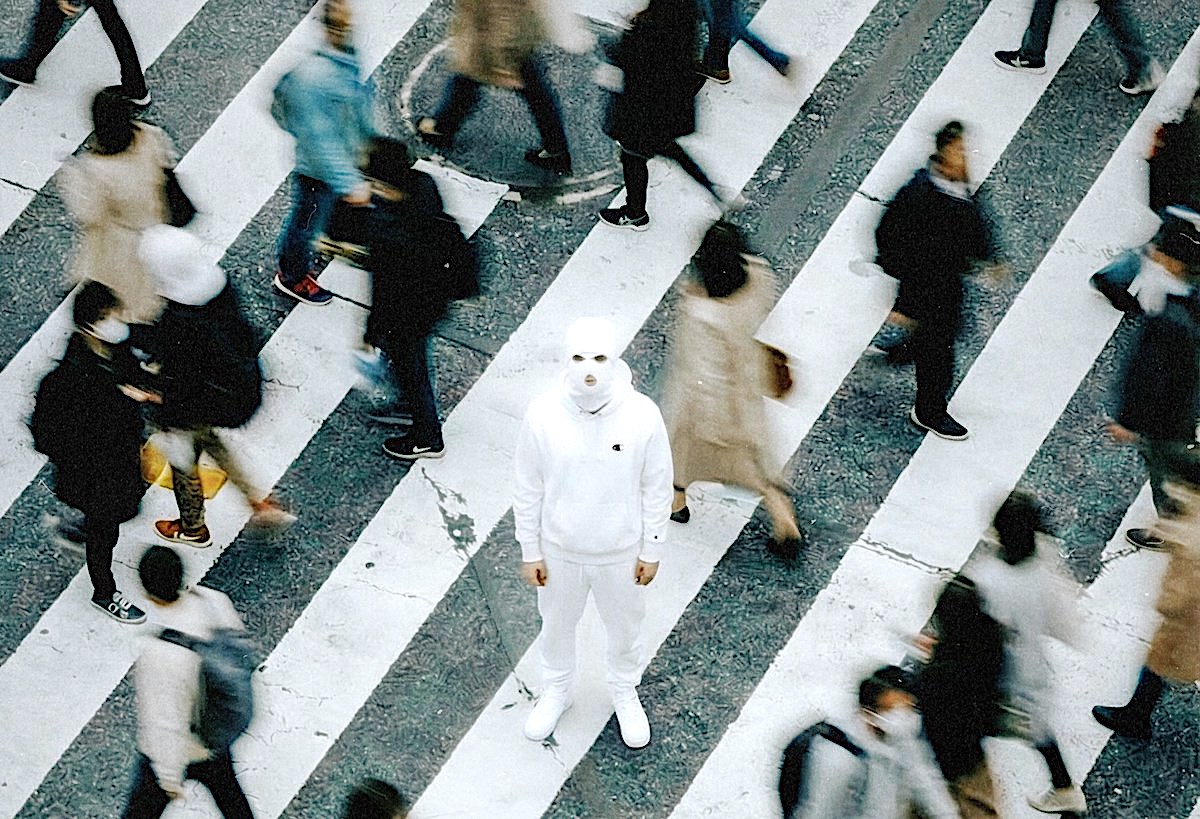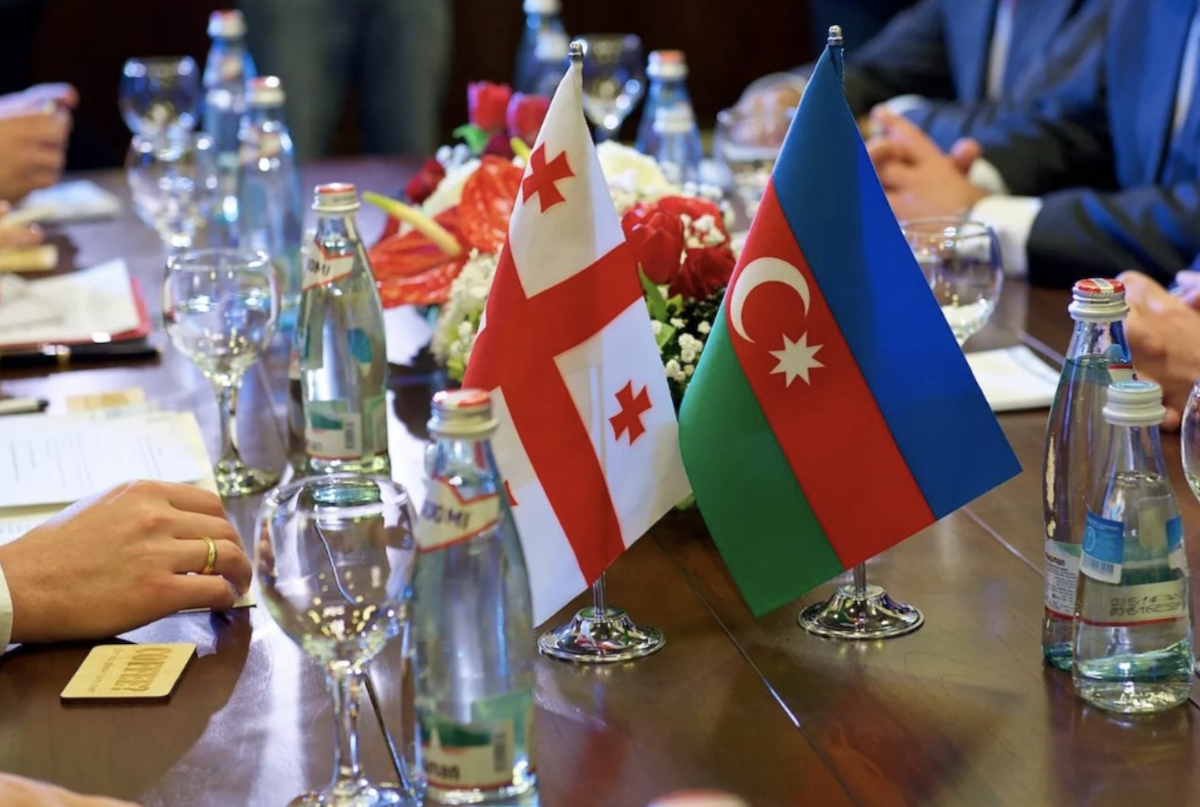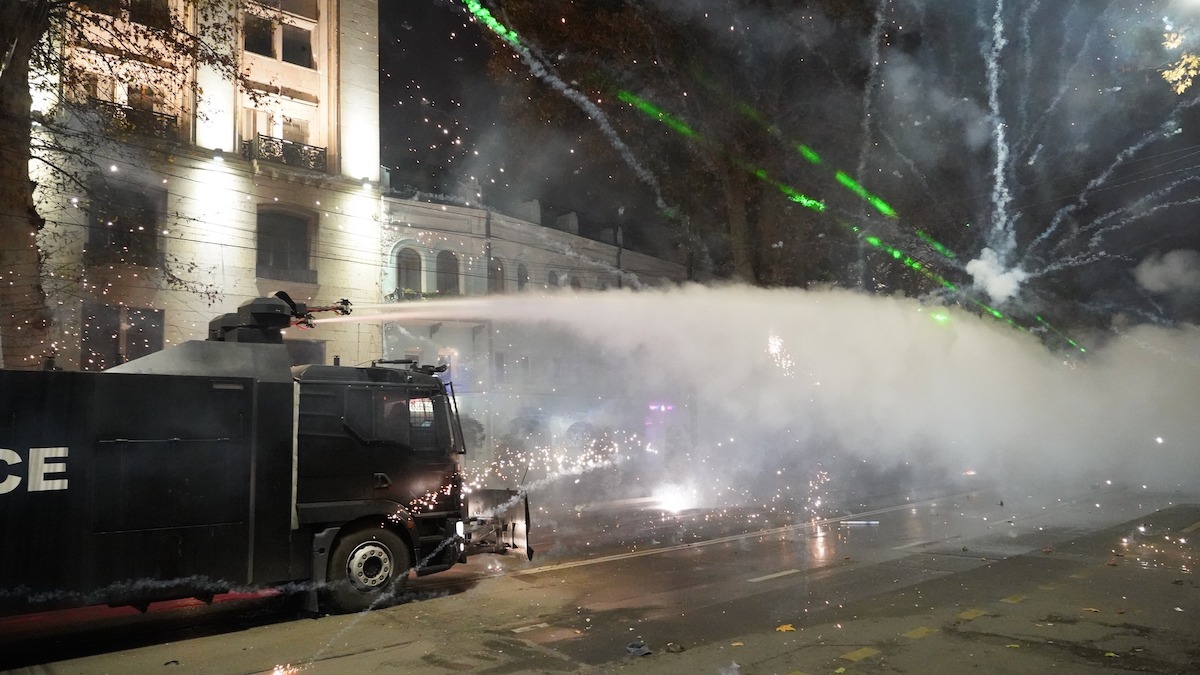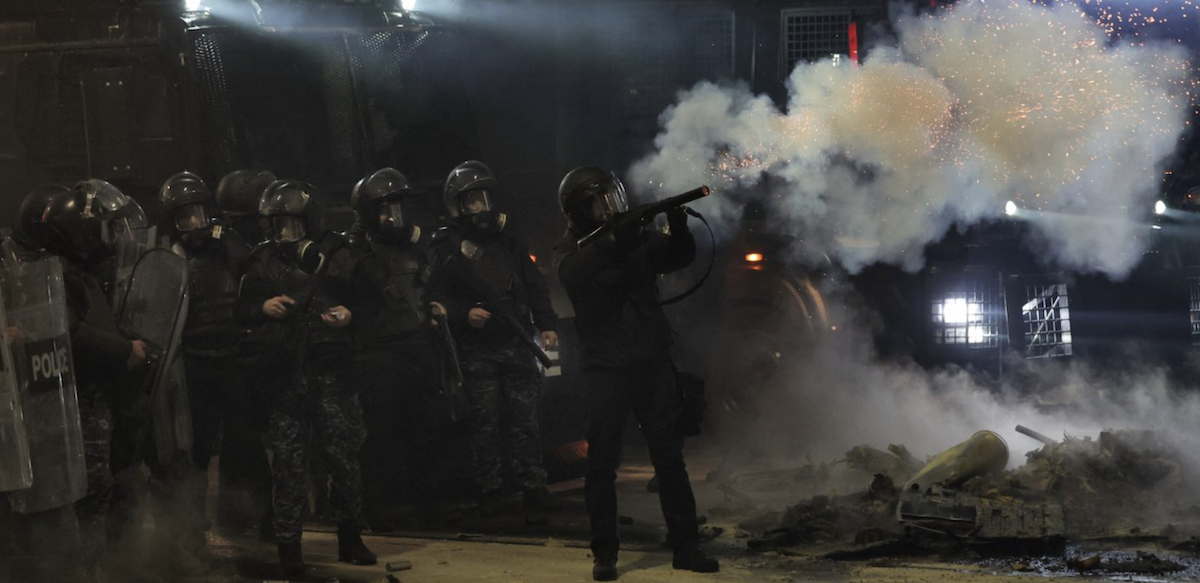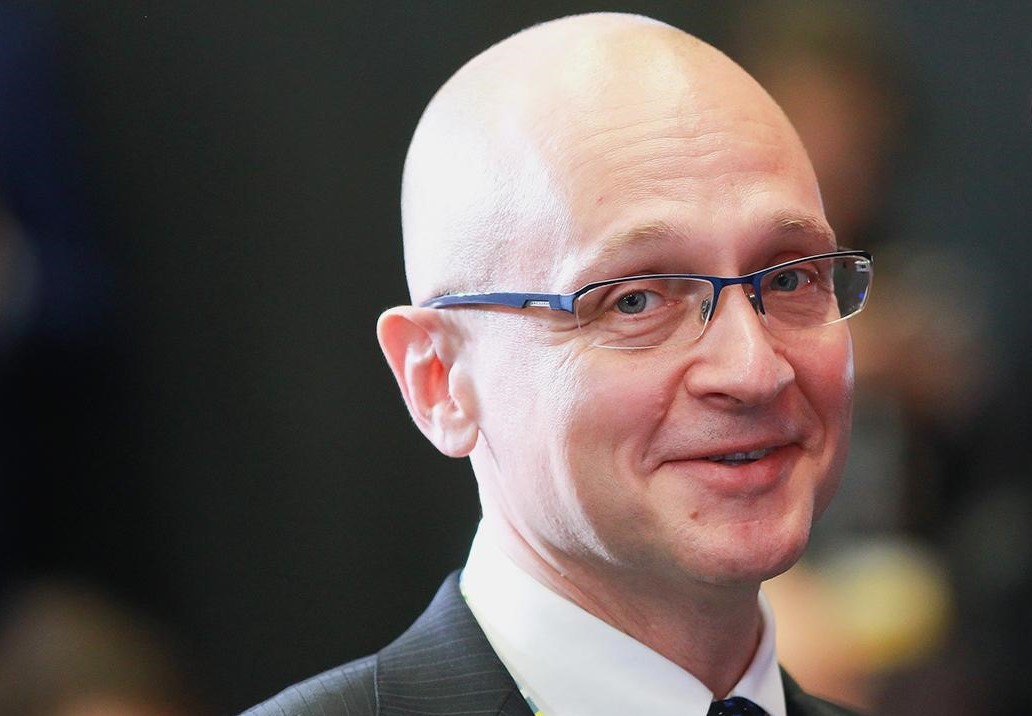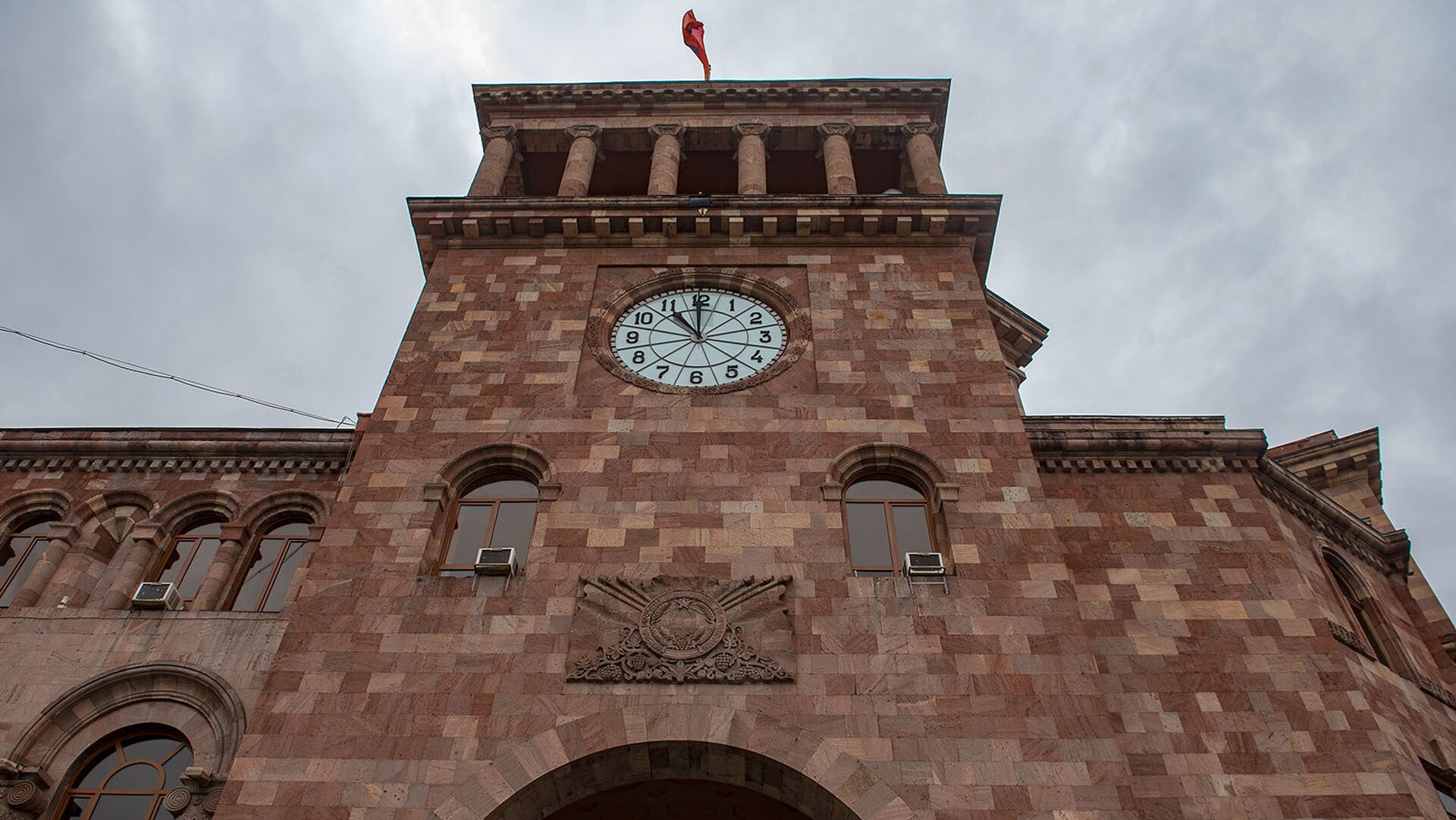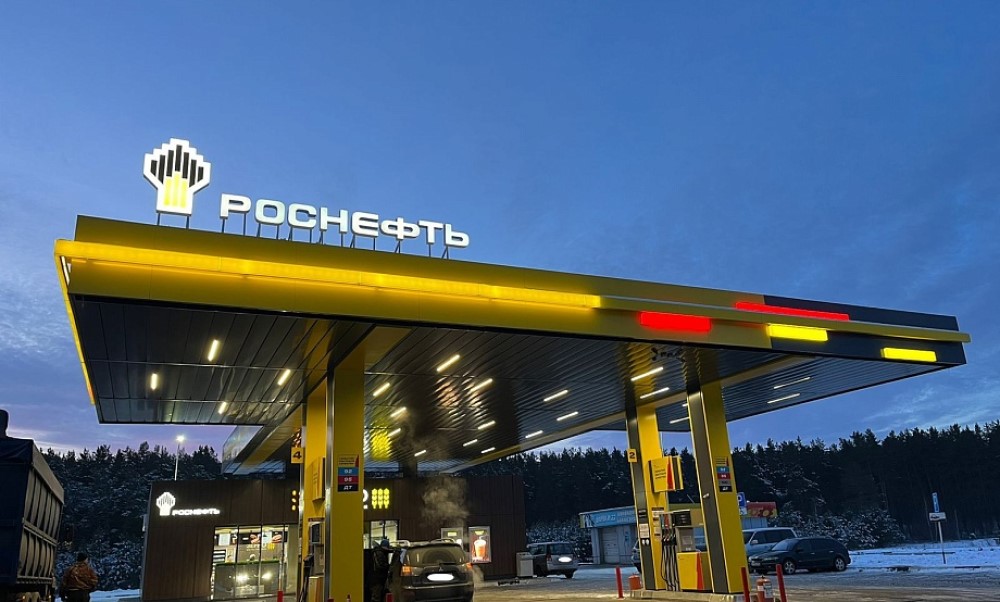14 years after Moscow terrorist attack that killed 130 people
Russia marks a tragic anniversary these days – 14 years since the seizure of Dubrovka Theatre Center in Moscow. A terrorist attack, which is also known as Nord-Ost, took place on October 23-26, 2002.
According to the Caucasian Knot background report, a group of armed militants, headed by Movsar Barayev, took hostage 916 people then. In exchange for their lives, the armed group demanded to immediately stop the military actions in Chechnya and withdraw the federal troops from the republic.
 In the seized hall. A photo from the Memorial of the Nord-Ost victims: The memory book – http://www.nord-ost.org/2_ru.html
In the seized hall. A photo from the Memorial of the Nord-Ost victims: The memory book – http://www.nord-ost.org/2_ru.html
However, the militants’ demands weren’t met. Nearly three days after the seizure, the law-enforcers conducted a hostage-rescue operation, during which, according to the official data, 130 hostages died and over 700 were in injured. 40 militants were killed in course of the operation.
 In the seized hall. A photo from the Memorial of the Nord-Ost victims: The memory book – http://www.nord-ost.org/2_ru.html
In the seized hall. A photo from the Memorial of the Nord-Ost victims: The memory book – http://www.nord-ost.org/2_ru.html
A commemorative event, organized by the regional public organization for support of the Nord-Ost victims, was held outside the Dubrovka Theatre Center. About 300 people attended the event. It started with a minute of silence. The victims’ names were read out to the sound of metronome. 130 glass lamps with candles and the victims’ portraits were put on the theatre center’s stairs. The Caucasian Knot’s video report
For over 14 years, the relatives and friends of hostage victims have been demanding from the authorities to answer the questions as follows: whose order it was and which gas was used during the assault of the building with hostages; why wasn’t the evacuation process organized in an appropriate manner and why weren’t the victims rendered relevant medical assistance.
Russian TV anchor, Olga Romanova, was among those, who spent those terrible days in the editorial office, telling the audience about what was going on. She told the Ukrainian HromadskeTV about how she remembers the Nord-Ost now.
‘The whole generation has grown, that knows nothing about it’
“Such cases are never forgotten, because you go on the air and it seems to you that you never go off.
It was an ordinary live broadcast, I was anchoring a news program. When you anchor the news, there is a computer with a breaking news feed next to you. And suddenly I saw a brief report on seizure of the theater center, at that moment it wasn’t clear, which center it was. Since that time, my life was no longer the same.
Then we closely observed the developments throughout the live broadcast and after it. We didn’t go off the air for three days. The anchors were replacing each other, so I couldn’t get home for three days.
The most terrible was the first report about casualties. My name is Olga Romanova, and the first victim’s name was also Olga Romanova. And it was the only case when I pulled the rank and requested on air to call my mom. To tell her that I was there. Just imagine, you announce on air your name among the victims, the first victims.
And throughout those days we saw many video footages featuring the situation before the promised assault and afterwards. Those footages have been never made public, because it’s just impossible.
All that had a great impact. Actually, another attack on the NTV channel was a direct consequence of the Nord-Ost.
NTV was very popular then, and it’s not for nothing. Then there wasn’t so much junk, that is literally being showered now. There was Leonid Parfenov, many vivid personalities used to work there at that time. And the live broadcast was quite normal, and let me remind you that rather big conclusions were finally made with regard to what had happened on NTV.
It was said by various ‘journalistic leaderships’, by the agencies that later have turned into the Press Ministry, that NTV showed live the preparation for the assault, but in fact it was the 1st TV channel that did it. And the 1st TV channel made no comments on this, didn’t even say: ‘Sorry, it wasn’t NTV, we showed it and we should be punished.”
NTV was bringing and showing the broadcast records, but it was all useless, they’d decided to destroy and they were destroying.
It’s firstly. And secondly, what happened then is something that we are used to now and we believe that it’s a matter of course. Do you remember the last footage showing the killed terrorists’ bodies? The dead were lying there and then a bottle of brandy from the concern hall’s crush bar suddenly appeared near one of the bodies. Eyewitnesses said, it was allegedly bought by a journalist (he was thought to be a journalist then), Arkady Mamontov.
It was the first shock, we thought that everything would be done that way and someone would get away with it.
And of course, then came the first massive lie on part of the officials, and there was an utter helplessness, and impunity, the attempts to ban and tell, what could be said and what couldn’t. I can’t say, there hadn’t been such attempts before, but then, during the Beslan terrorist attacks, there were direct bans that later resulted in tough restrictions that were imposed on journalists’ professional activity during the emergencies.
It has happened so that in recent years I’ve got acquainted and made friends with many people who were there. Children, who were there, have grown up, there is something going on in their life, and this tragedy has left its imprint on their entire life.
Someone has lost a close friend, someone has lost a child. Tatyana Karpova, who headed the Nord-Ost Union all that time, has recently died. She struggled for the truth and the rights of those, who suffered there.
Of course, we see differently a role of, let’s say, Boris Nemtsov. We’ve recently discussed his role with journalists, and it has turned out that many young journalists don’t even know that Putin directly prohibited him from entering the hall, though the terrorists demanded Nemtsov too. Boris Nemtsov explained it by the fact that Putin was concerned about his increasing popularity.
There are some things that look absolutely different nowadays.
Unfortunately, there is less interest in this theme. The whole generation has grown that knows absolutely nothing about it. It’s like a war: the more it passes away, the more ‘legendized’ it becomes; there are fewer, who know the truth, but there are more of those, who are willing to shape a legend
 A photo from the Memorial of the Nord-Ost victims: The memory book – http://www.nord-ost.org/2_ru.html
A photo from the Memorial of the Nord-Ost victims: The memory book – http://www.nord-ost.org/2_ru.html
 A photo from the Memorial of the Nord-Ost victims: The memory book – http://www.nord-ost.org/2_ru.html
A photo from the Memorial of the Nord-Ost victims: The memory book – http://www.nord-ost.org/2_ru.html
Published: 27.10.2016










